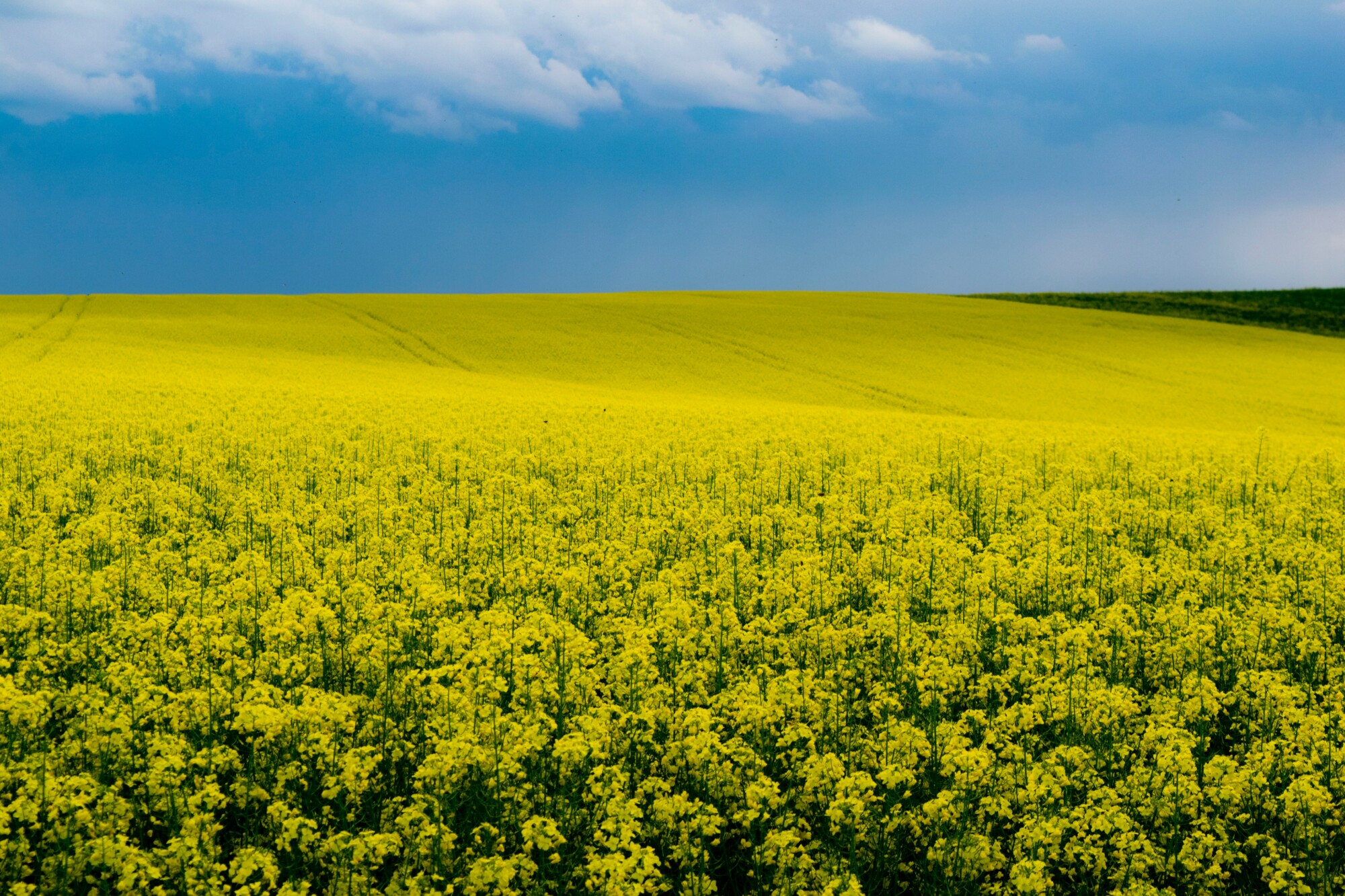Practical steps towards better OSR results this autumn
7th August 2021
With oilseed rape prices significantly higher than this time last year, there could be more of the crop going into the ground this autumn. But before making a final decision, Hutchinsons’ regional director James Short urges growers to think carefully about how they will get crops to perform well amidst the many establishment challenges.
Before deciding to grow any crop, oilseed rape being no exception, it is important to identify the yield required to break even and then ask whether this can be practicably achieved.
Consider alternative break crops and other options, such as the two-year legume mix within the Countryside Stewardship Scheme which, at a payment of £522/ha, effectively sets a ‘floor’ for the potential returns possible and means an OSR yield of at least 2.3t/ha is needed to make this a better option financially.
Six-point plan to better OSR results:
Rotation: Oilseed rape should ideally be grown no closer than one year in five or six, to avoid building pressure from pests like CSFB and diseases such as clubroot. A wider rotation gives more time to plan the best entry for early OSR establishment, whichis often a preceding winter barley crop. Early-harvested wheat, or in bad black-grass situations where a double-break is needed, peas can also be suitable entries, both for timeliness of drilling and for leaving soils in better condition after harvest than they may be following winter wheat.
Soil management: Underlying soil structure issues, such as compaction, must be rectified in preceding seasons, as current pressures on establishment mean it is not effective to combine OSR sowing with subsoiling. Aim for a friable surface that OSR can be drilled straight into, as preserving seedbed moisture is critical to establishing rape successfully at what is usually a dry time of year.
Drilling: Given OSR’s small seed size and the need for fast, even establishment to counter pest threats, it is essential to maximise seed- to-soil contact and achieve consistently accurate sowing depth, whether using a tine or disc-based drill. Avoid sowing any deeper than 5cm otherwise seed is unlikely to germinate. Also, resist the temptation to push seed rates too high as this is likely to result in more plants with thinner stems prone to CSFB larval damage. It also exacerbates intra-crop competition for water and nutrients. Early sowing at lower seed rates generally gives bigger plants able to develop stronger stems, well-branched canopies and more extensive root systems. Typically, 25–30 established plants/m2 is optimum for yield, but 40–50/m2 may give leeway for some establishment losses.
Nutrition: Placement fertiliser at drilling can benefit OSR establishment as nutrients are more easily available to young plants with limited scavenging ability. This is particularly true for phosphate which is vital for root development, but has poor soil mobility so must be close to the seed. Seedbed nitrogen is also beneficial for early growth. Typically, around 30 kg/ha of each should be sufficient. Early spring nitrogen may also be beneficial to ‘feed’ spring vigour.
Trap crops: Leaving volunteer OSR to grow in other fields after harvest can provide a useful trap crop to divert CSFB away from newly-sown crops. However, destruction must be timed carefully to reduce the risk of adults migrating into the new crop. Be aware that volunteer OSR can dry soils significantly, potentially creating issues for a following winter wheat, so consider raking out a proportion of OSR volunteers and drill other catch crop species into it. The variation in root structures of plants like buckwheat, berseem clover or vetch, improves moisture management.
Manage other pests: The yield impact of any damage from slugs and pigeons is likely to be exacerbated where crops are already struggling to overcome CSFB. Monitor closely and apply appropriate controls where required.

